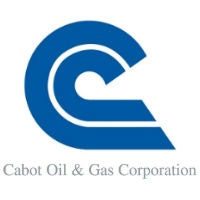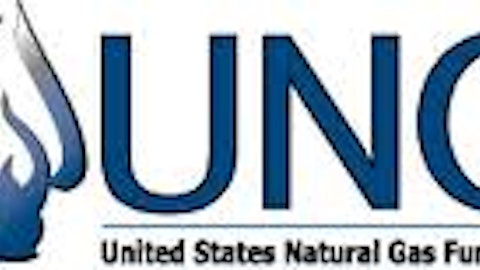Thanks to the shale gas boom in North America, natural gas has proved to be an economically viable replacement for coal in the continent. But, mining for natural gas involves the leakage of methane, the greenhouse effect of which is 21 times greater than carbon dioxide. Currently, methane accounts for 9% of total greenhouse gases, and a ramp up in it natural gas production would obviously have disastrous environmental consequences. These estimates were a major a deterrent in natural gas adoption.
However, in a recently revised report, the Environmental Protection Agency (EPA) lowered its estimates of methane gas emissions from natural gas mining by 20% (from 1990 to 2010). The agency stated that the roll back was made possible by strict pollution and emission controls in the industry, which suggests that fracking is greener than previously estimated. The report by EPA clears most of the environmental roadblocks, and presents a tremendous growth opportunity for most natural gas companies.
Profiting from volumes
Cabot Oil & Gas Corporation (NYSE:COG) is one of the leading natural gas producers in the U.S., with its hydrocarbon reserves spread across the North American continent. The company had been ramping up its production to offset the falling prices of natural gas. But, the recent turnaround in the gas prices allowed the company to report a quarterly profit of $42.8 million as compared $18.3 million in last year’s quarter.

Additionally, most of its natural gas production comes from Marcellus shale gas plays, which is estimated to produce around 66.40 Bcf/d (an upward revision of 1.30 Bcf/d from the previous forecasts). For the recent quarter, Cabot Oil & Gas Corporation (NYSE:COG) reported record natural gas production of 1.05 Bcf/d, which would further grow once its field pressure constraints are overcome this year.
For FY13, management is targeting an overall production growth of 35%-50%, while analysts estimate its annual EPS to grow 75.17% next year.
But that’s not all!
Another company that stands to benefit here is Cheniere Energy, Inc. (NYSEAMEX:LNG). Its Sabine Pass export terminal is the first liquefaction plant in the U.S. to receive regulatory approvals for LNG exports in the last 50 years. The plant is able to accommodate four LNG supply trains, and has a natural gas processing capacity of 2 Bcf/d. Naturally, with the optimistic picture presented by the EPA, international natural gas demand would most likely increase, which should drive up the company’s revenue.
To meet the rising international gas demand, Cheniere Energy, Inc. (NYSEAMEX:LNG) is currently expanding its Sabine Pass terminal to accommodate 2 more LNG trains, which would add 1.30 Bcf/d to its existing natural gas processing capacity. That is an impressive 65% capacity expansion, and the company expects the export terminal to be fully operational by 2015.
Analysts estimate its annual EPS to grow at 15% for the next five years.
Another beneficiary
But, Cheniere Energy, Inc. (NYSEAMEX:LNG) is not alone in the race for LNG exports. Italian oil and gas company Eni SpA (ADR) (NYSE:E) and Anadarko Petroleum Corporation (NYSE:APC) jointly discovered one of the largest natural gas reserves (in Mozambique) in 2010 with over 150 trillion cubic feet of estimated hydrocarbon reserves. As of now, Eni owns a 50% majority stake in the project, while Anadarko Petroleum Corporation (NYSE:APC) owns 36%.
Both the companies are jointly developing the world’s second largest LNG export terminal, with an estimated cost of $50 billion and completion target of 2017. Needless to say, both companies are poised for a massive upside.
Eni SpA (ADR) (NYSE:E) has been primarily known as an oil producer, but it has been gradually shifting towards natural gas due to its tremendous growth prospects. Currently, Eni generates 51% of its revenue from sales of natural gas, and the Mozambique project bodes well with its long term strategy.
As a result, analysts estimate its annual EPS to grow nearly 16% over the next year.
Conclusion
At the current prices, all the mentioned companies appear to be trading at high valuations, but that shouldn’t deter investors from initiating long positions. Their earnings multiples have hovered around similar levels throughout 2012, while shares of Cabot Oil & Gas Corporation (NYSE:COG), Eni SpA (ADR) (NYSE:E), and Cheniere Energy, Inc. (NYSEAMEX:LNG) have risen 87%, 15%, and 58%, respectively, over the last year. I believe that there’s still plenty of upside, and creating a portfolio of all three companies to hedge out the risks, would be a great strategy.
The article The EPA’s Optimistic Report Will Boost These Companies originally appeared on Fool.com and is written by Piyush Arora.
Copyright © 1995 – 2013 The Motley Fool, LLC. All rights reserved. The Motley Fool has a disclosure policy.


